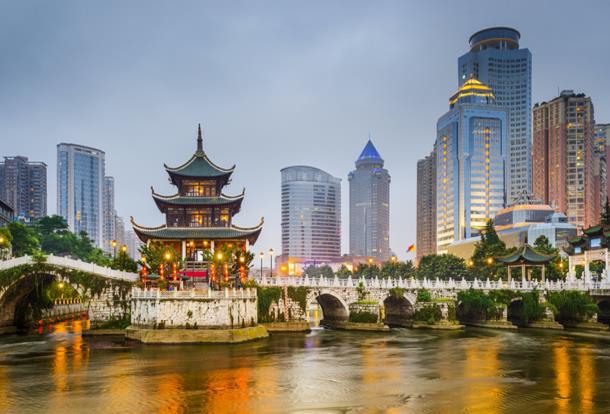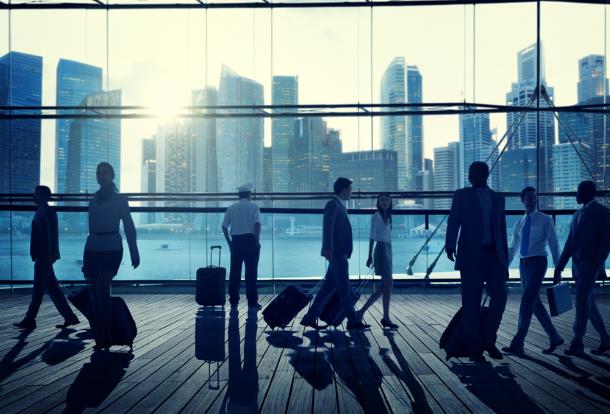All of our lives have been affected by the pandemic. From restrictions on travel, postponement of large events like the Olympics, the need to home-school to the way we shop and maintain relationships, the disruption is unprecedented.
In an instant, our reliance on digital technologies became more necessary than ever. Businesses had to push technological infrastructure to its limits, adopting new workflows to prevent disruption as soaring numbers of employees began working remotely across the globe. Digital transformation has accelerated at an exponential rate and companies like Slack, Microsoft and Zoom have seen stock values grow as demand for remote working tools has surged.
Conversely the travel and OOH industries have suffered during the first phase of the pandemic. The clearest evidence of this is in the stark images of empty airports and notably quieter roads. 96% of countries have now implemented some form of restriction on mobility in a bid to contain the outbreak, grounding almost all of us in one way or another.
‘Staycations’ and 'Bubble Travel’
Sensitivities around cost, coupled with health concerns and lack of opportunity for long-distance travel, mean that staycations and short-haul trips are likely to be the first green shoots of recovery for the travel and tourism industry. A recent survey of American ‘dollar flight club’ members revealed that over 56% plan on staying in the US over the summer - the return of the great American road-trip.
Short haul travel is likely to benefit too. Travel bubbles, corridors and airbridges are all things that are coming into force, or being discussed at a legislative level, to allow people to travel freely between two or more countries in a phased re-introduction of international tourism. Agreements such as the trans-Tasman bubble between New Zealand and Australia, and Vietnam and Thailand’s travel corridor, are early signs of what is to come.
Touchless retail and the future of mobility
Health is now a key concern for travelers. Transport authorities and retailers are moving rapidly to implement new touchless technologies that allow safer engagement with consumers as restrictions are lifted. The push towards automation, contactless, click and collect, facial recognition and self-service technology brings with it a new “social distancing-friendly” end to end experience.
The growing importance of China and the free independent travelers (FIT)
China, having just broken the 50% recovery mark for domestic air travel, is poised to lead the stabilization of international travel along with other Asian markets.
The power of the Chinese traveler on the international stage cannot be underestimated both in terms of passenger numbers but also spending power. Currently the second largest passenger market, China is expected to overtake the US by 2031. However, with recent events, and the speedy Chinese domestic recovery, it is expected that this rise to top spot will come earlier than previously predicted.
The speed of recovery in Chinese travel coupled with these new segments requires smarter communication strategies to effectively engage with these influential consumers outside mainland China.
Read original article




